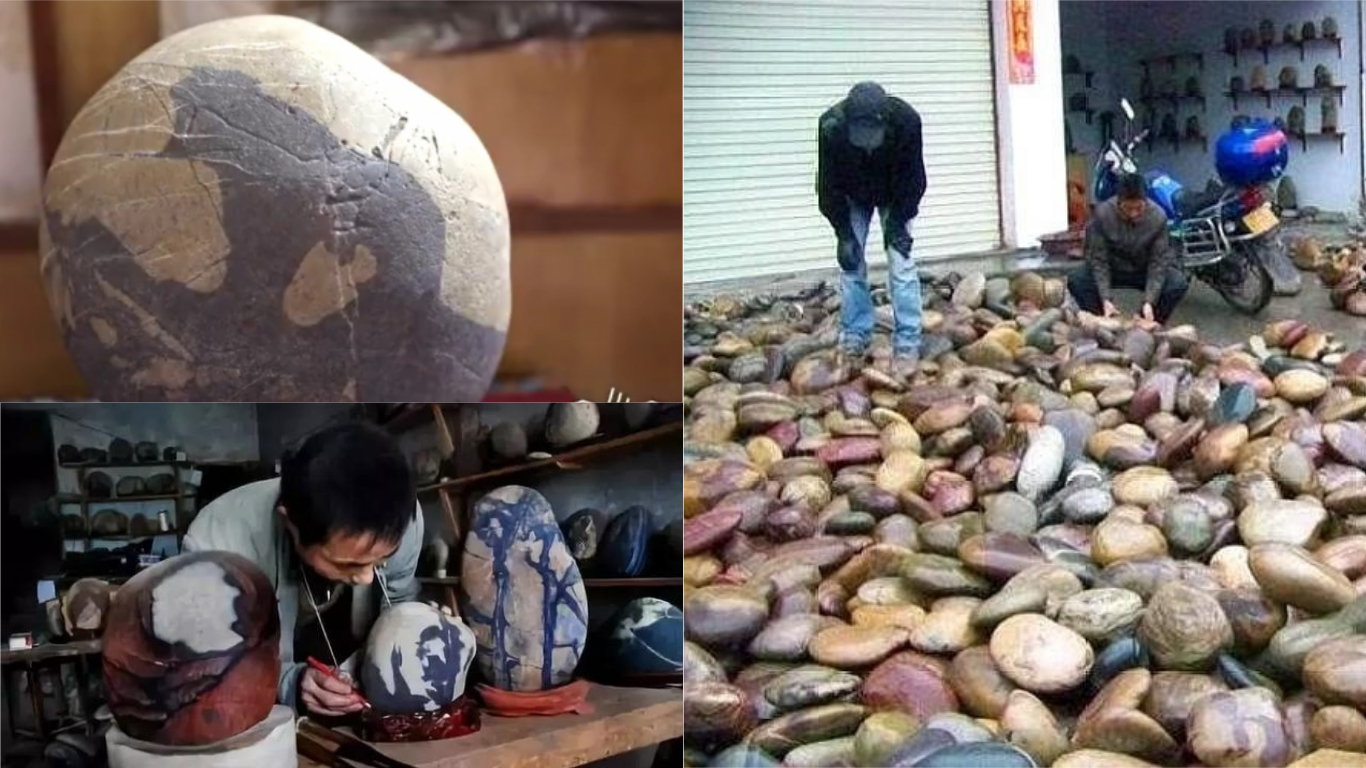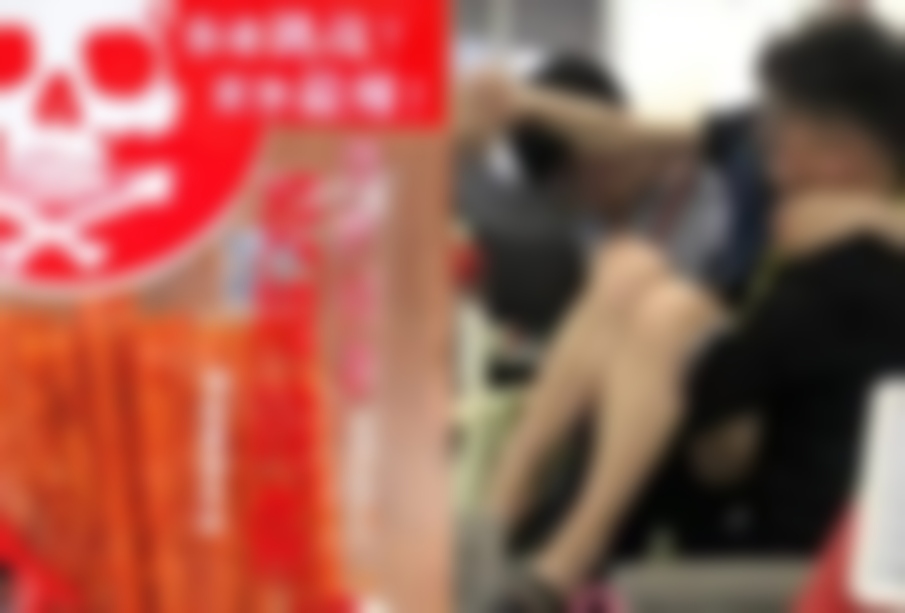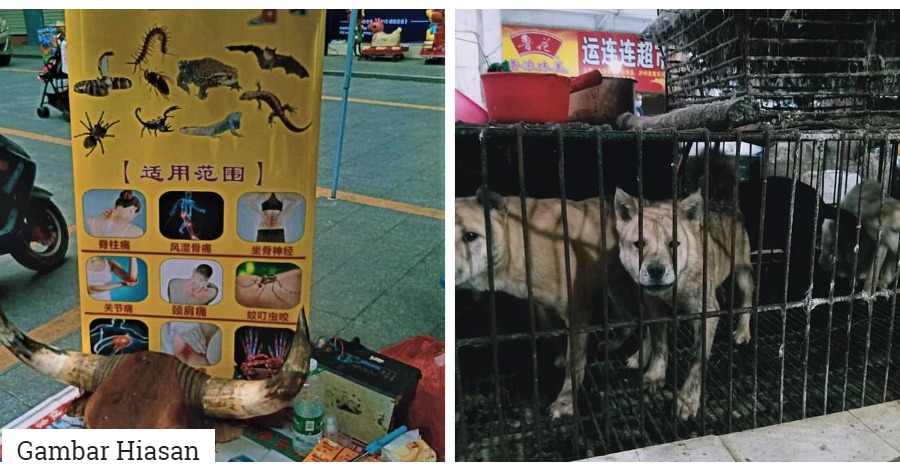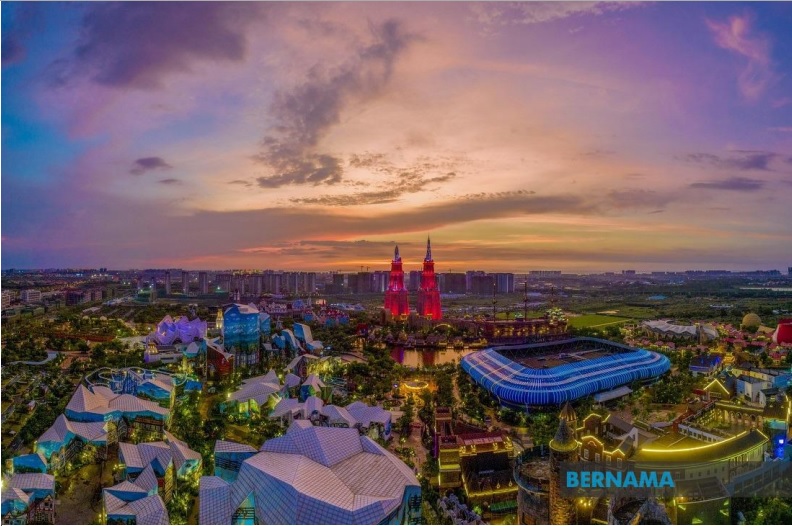Right next to China’s largest river and surrounded by green, forest-covered mountains, Hejiaba village gets a decent number of tourists every year. But tourism isn’t the most profitable local business. This village thrives on the selling of ornamental river stones.
Not the small ones that fit in the pocket as good luck charms, but heavy boulders that enthusiasts all over China pay good money on to add them to their collections. The village generates around 20 million yuan (RM12,671,180.00) annually from the sale.
Every year, new stones flow down the Yangtze River from the Qinghai-Tibet Plateau and wash up on the beaches close to Hejiaba village. The local’s return would then sift through the millions of stones, looking for their next big paycheck. There are more than 3,000 acres of pebbled river stone beach that stretches for nearly 10 kilometers along the banks, so there’s plenty of stone to go around.
Hejiaba river stones are popular due to their interesting patterns. Some of these trigger the viewer’s pareidolia, others have almost geometrical patterns, and others are just nice to look at. The stone sifters usually have a good idea of what the market is looking for. They pick the best stones, clean them and sell them to interested parties, keeping a percentage of the price as commission.
Valuable stones can sell for thousands, even tens of thousands of yuan. One stone, which the owner actually named ‘Difficult Shu Road’ due to its pattern, reportedly sold for a whopping 100,000 yuan (RM63,372.35).
It all started when a couple in Niutan Town allegedly saw some of these beautiful stones. They took a few back homes with them and sold them at the market for a good price. The river stone trade has greatly improved since then. Many of the locals live off the trade, and some have become very affluent thanks to it.
As long as the Yangtze flows and demand for ornamental stones remains high, the trade will continue to thrive.
Source: Oddity Central









Leave a Comment